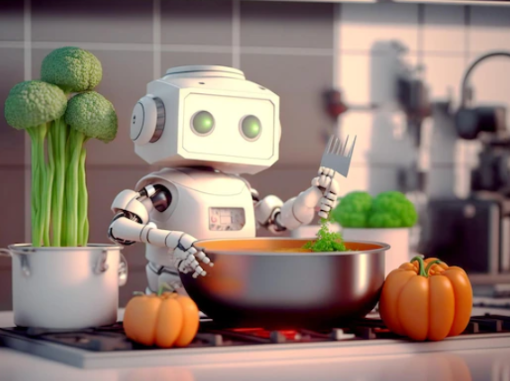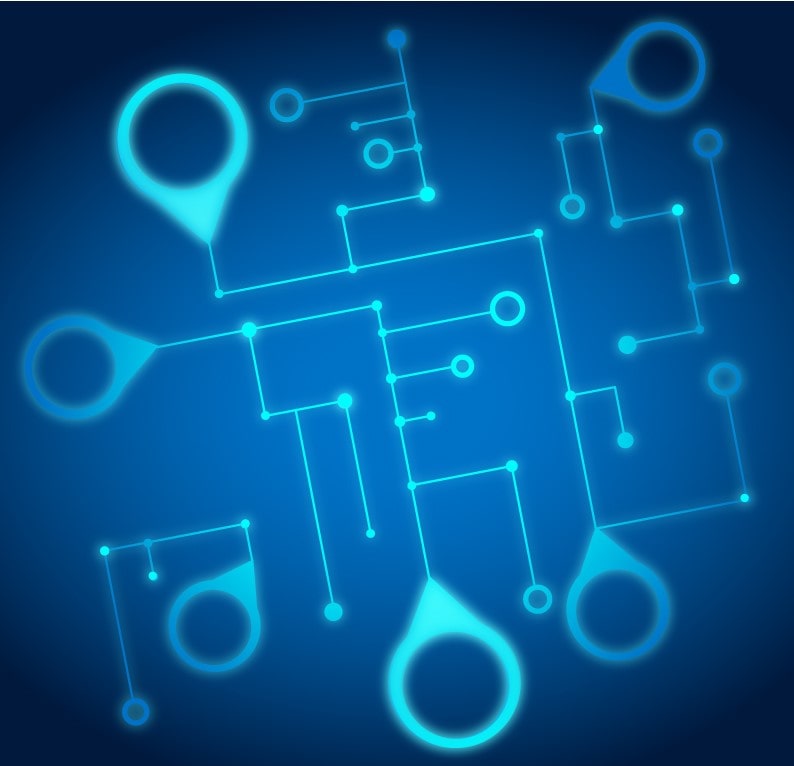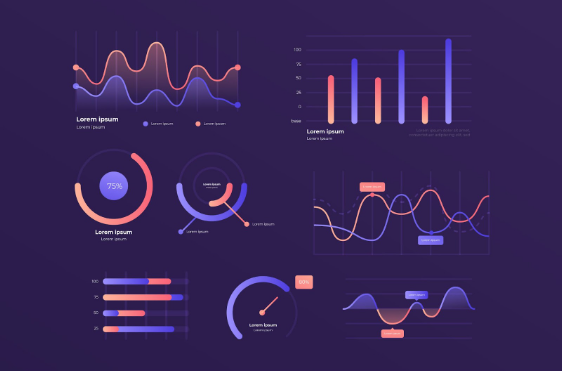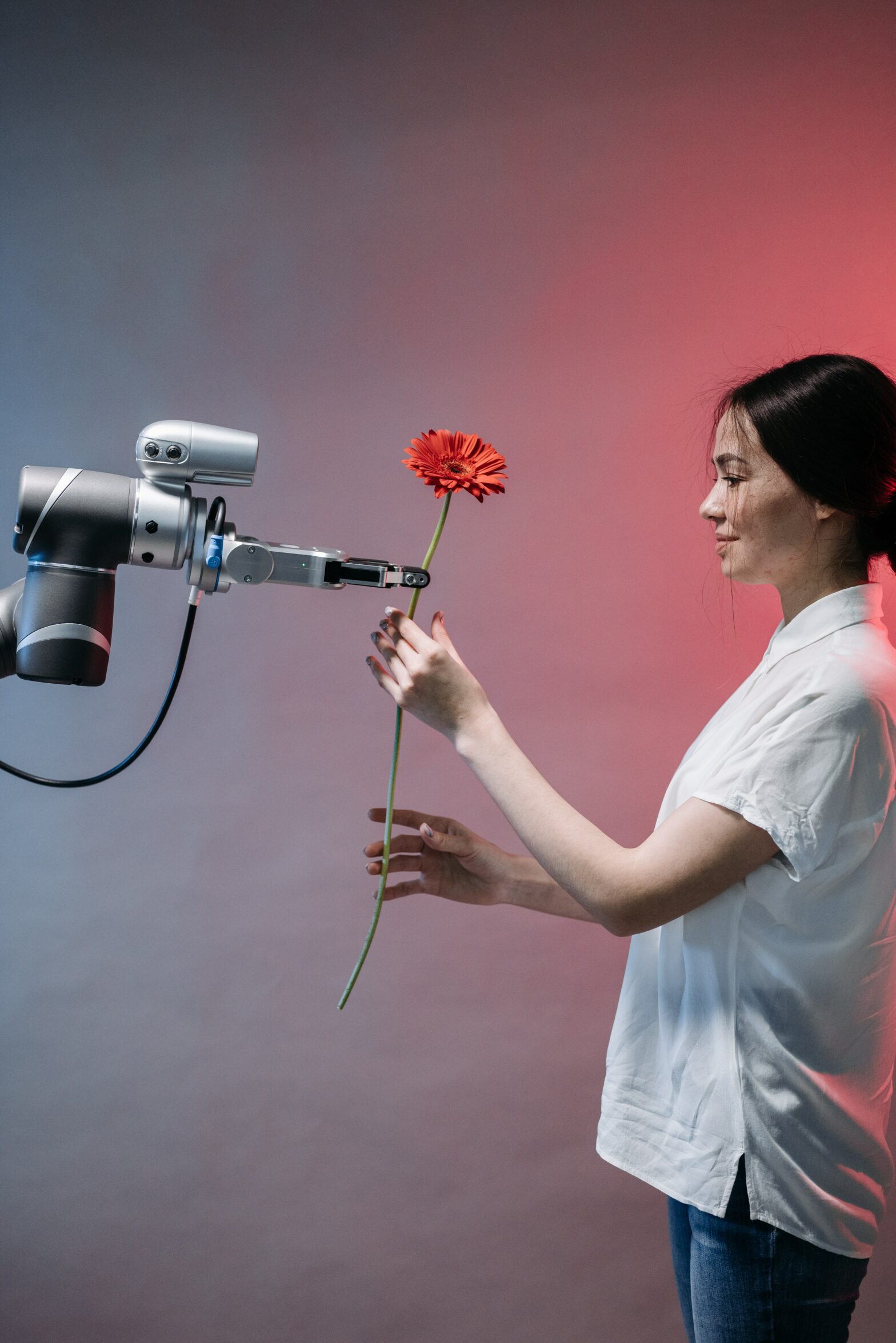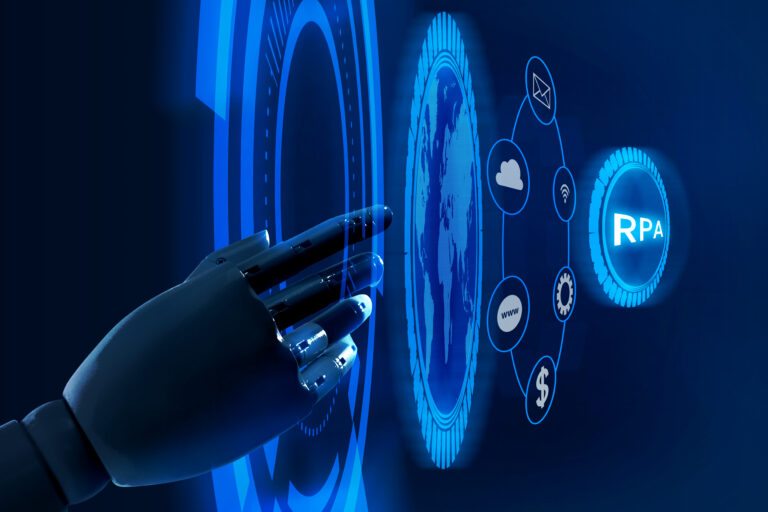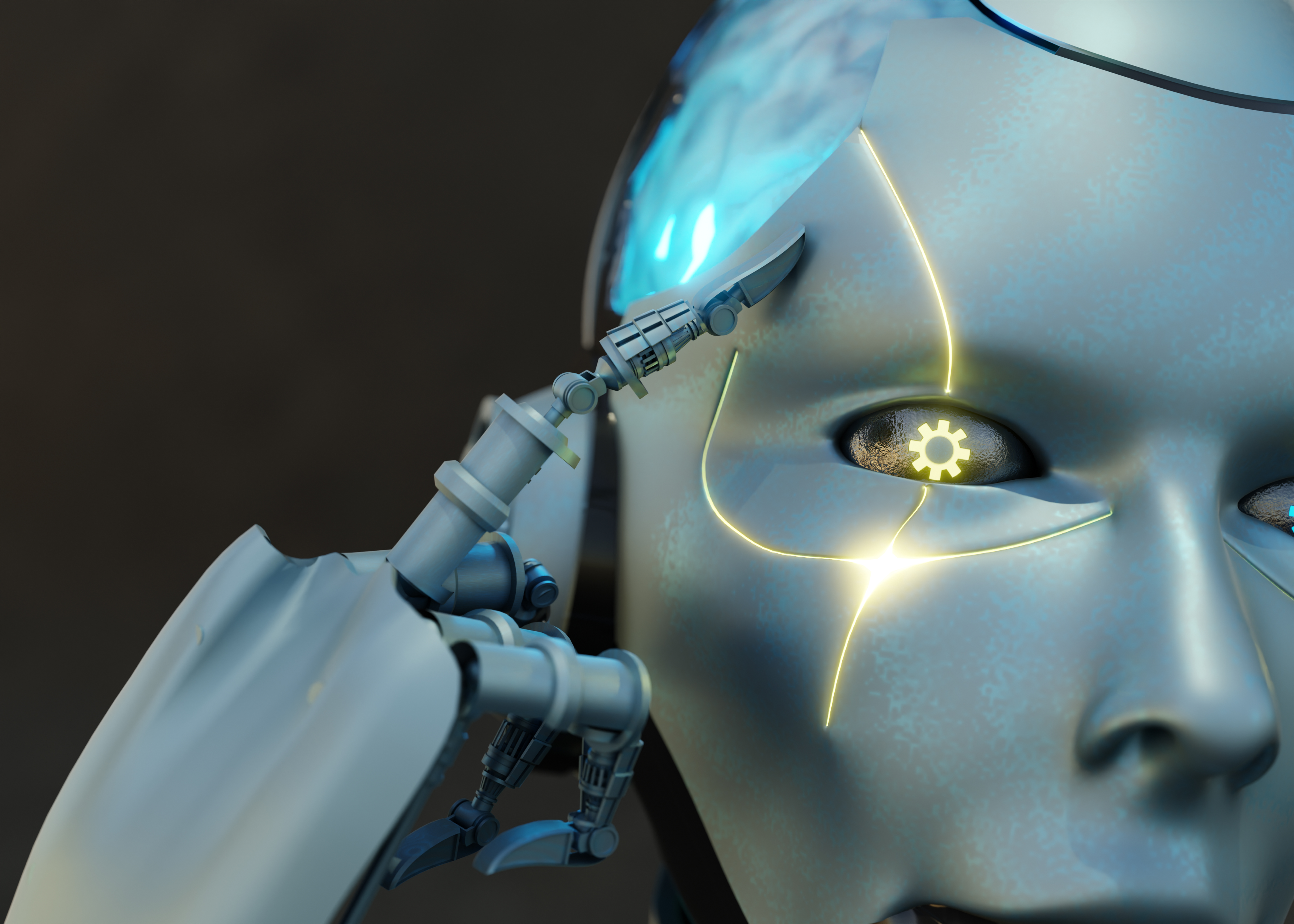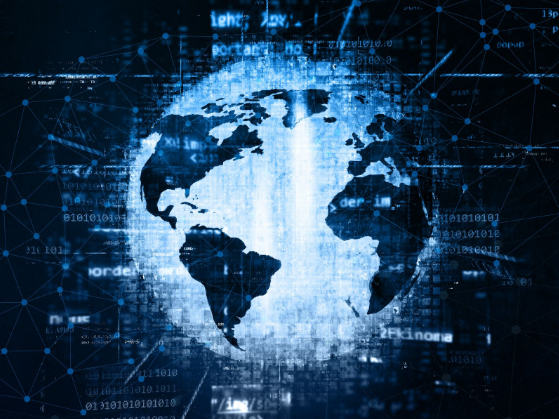The new generation of robots in the culinary world uses IoT sensors and artificial intelligence to perform tasks in the kitchen efficiently. These robots can help solve staff shortages, reduce food waste, and improve customer experience. Examples include an autonomous AI system that automates cooking, a barista robot that brews up to 400 cups of coffee, and a robot that fries chicken wings, increasing the speed of food production. The food industry is experiencing technological advances and greater complexity is expected in the management and training of data to program robots.
Tag: technology
Industry 4.0: long live the reign of data
The Industrial Revolutions have transformed society and the economy throughout history. The Fourth Industrial Revolution is characterized by the use of data and artificial intelligence, with a high level of information exchange. Companies must migrate towards a data-centric relationship model, organizing and understanding information to meet customer needs and optimize information flows. Before digitizing, you need to organize your data.
Natural pool
Development of a hybrid solution to be able to detect swimming pools in different regions
Tourism and big data: for each other
Massive data management has become a crucial ally to improve the offer of tourism services and facilitate the recovery of the industry after the pandemic. The use of Big Data and management tools allows tourism companies to take advantage of data as raw material to develop effective strategies and gain a competitive advantage. The precise and holistic collection of data, from the origin to the preferences and behaviors of tourists, makes it possible to predict future needs and personalize services. In addition, the ability to share and combine data between different entities and organizations provides a more complete picture of tourists and facilitates agile decision making and the development of adapted products and services.
How to choose the most appropriate type of graph?
When visualizing data, it is important to consider the objective and adapt the graph to the desired storytelling. The audience to which the results will be displayed also influences the choice of chart type. The size and type of data, as well as the relationship between the variables, also determine which type of graph is most appropriate. It is recommended that you experiment with different charts and use multiple charts to maintain clarity and show comparisons, trends, and relationships between variables.
From competitive to collaborative: how AI impacts the empowerment of human talent
Automation and artificial intelligence (AI) are creating more jobs than they replace. It is expected that by 2025, 97 million new vacancies will be created, exceeding the 85 million workers that are estimated to be replaced. The demand for roles such as data analysts, AI and machine learning experts, data scientists, and synthetic data builders is constantly growing. Furthermore, AI drives hybrid work, where machines perform repetitive and dangerous tasks, while humans focus on higher value-added activities.
AI and collaboration: partners for the future for Industry 4.0
Industry 4.0 is based on the management of large volumes of information to optimize production in real time. The challenge lies in the efficient capture, organization and management of data, as well as collaboration with all actors in the supply chain. Collaboration and the use of technologies such as Artificial Intelligence are essential to promote digitalization and optimize decision making in Industry 4.0.
Is artificial intelligence really that smart? The dangers hidden in artificial intelligence
Artificial Intelligence (AI) presents biases that can be dangerous for society because machines learn from biased data. These biases can have significant social consequences, such as hiring discrimination and image mislabeling. However, AI is not inherently bad, rather proper data selection and corrective measures are required to address these biases. It is essential to have diverse teams in AI development and work towards responsible AI, applying explainability and meta-learning techniques.
Big Data and Insurance: towards an industry of risk prediction and prevention
The entire concept of insurance business is based on risk assessment. Whether it is property and casualty insurance or any other type of life, home or auto policy, the main task is to assume the possible risks relevant to each client and predict the possibility of the policyholder making a claim.
Big Data, Small Data: it all depends on how you look at it
Big Data refers to large volumes of complex data that cannot be processed by traditional software tools. It is characterized by the three Vs: Volume, Speed and Variety. Small Data is a part of Big Data, which refers to smaller and easily accessible data.
The term Big Data emerged in the 1980s with the massive growth of the Internet and the increase in data generated. However, the perception of whether it is manageable or not depends on the context and the human ability to process it.
Starting with Small Data can be an initial step to enter the world of Big Data, especially in commercial or production areas, as it provides gradual learning and training.
